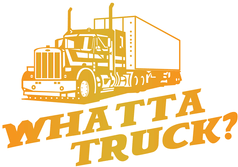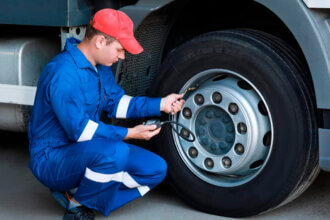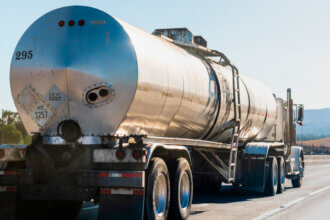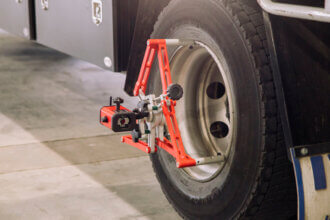PennDOT winter driving tips for truck drivers
On Thursday, strong snowstorms with wind gusts of up to 80 mph hit much of the United States, reducing visibility to zero.
PennDOT is urging truck drivers to cancel non-essential trips. However, if canceling or postponing travel is not an option, PennDOT recommends preparing well for the trip:
- Take a travel emergency kit with you.
- Check the forecast and travel advice. But if possible, avoid trips.
- Keep the gas tank at least half full.
- Drive slowly and increase the following distance.
- Avoid sudden braking and starting.
- Beware of roads that may appear wet but are actually covered in ice, often called “black ice.”
- Be especially careful on bridges and overpasses, where ice can form unexpectedly.
- Carry a mobile phone, have a spare battery or power bank.
- Do not use cruise control when driving on a snow-covered road.
- State law requires you to turn on your headlights when using windshield wipers.
- Turn on your low beams in especially poor weather, particularly during heavy snowfall or blizzards.
- State law requires drivers to remove ice and snow from the windows, mirrors, hood, roof, and all headlights of their vehicle before driving for 24 hours after a snowfall. If snow or ice from your vehicle hits another vehicle or person and causes death or injury, you will be fined.
- Do not park or leave your vehicle on emergency routes.
- Do not pass or stand between trucks driving side by side.
- Make sure someone you know knows where you are going and when you plan to return. If you encounter an emergency and need help, you will have people who know where to look for you.
- If you do get stuck, it is best to stay in your vehicle until help arrives. Run the engine for about 10 minutes every hour, but make sure the exhaust pipe is clear by keeping a window slightly open.
PennDOT also asks drivers to leave enough space when driving near snowplows. In addition, for their own safety, drivers should never try to pass a truck when it is clearing the road.
Thorough preparation for the trip increases the level of safety for both the driver and other road users.




